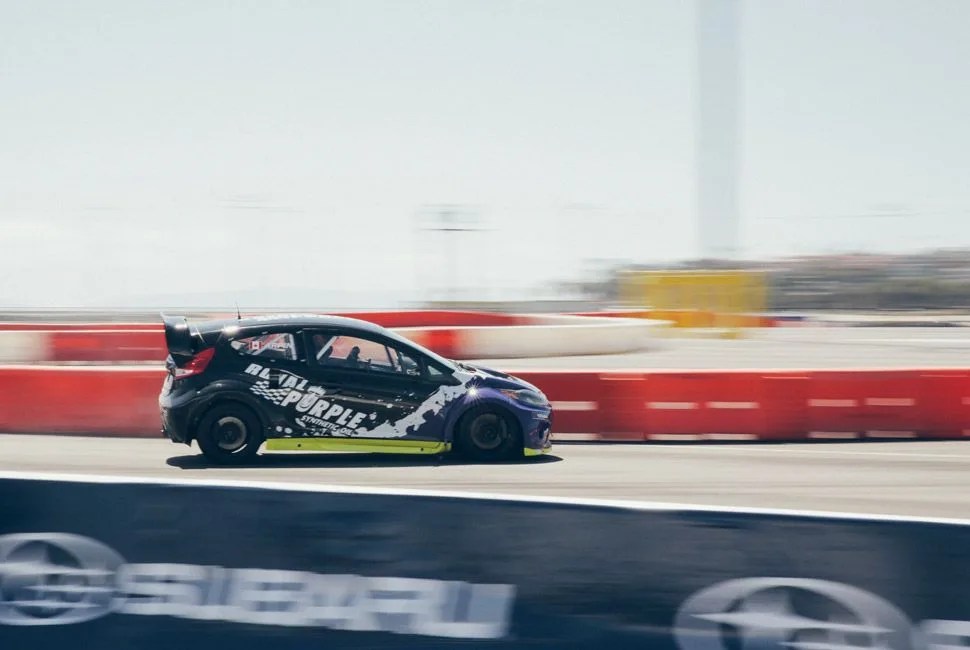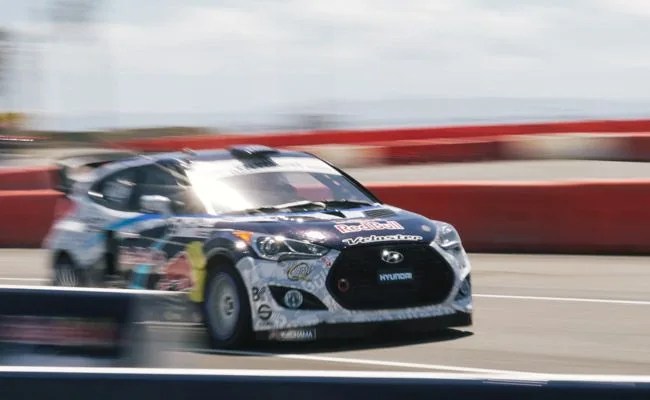5 photos
At age 14, Joni Wiman (“WEE-man”) won the European Karting championship then went on to be runner-up in the Formula Renault 2.0 UK Winter Series. Formula One was his next step. Despite his obvious skills, however, a lack of funding left him out of the driver’s seat. Then he found Red Bull Global Rallycross (GRC), a race league of 600-horsepower cars that hit 60 mph just as fast as F-1 cars, yet are able to withstand 70-foot jumps and car-to-car contact while drifting. After sweeping all six rounds in the GRC Lites championship (essentially the feeder league for GRC), Wiman’s finally found a home. “I’m just happy to be doing something I love”, he said. “Formula One is not the only place to race.”
OTHER RALLY ROLLERS: WRC Finland | Five Best Hatchbacks | Subaru WRX
Though you’ve probably never heard about it, Red Bull Global Rallycross is arguably motorsports’ best kept secret, and its most promising up-and-comer. Mainstays like NASCAR and Formula One, with their long races, complicated rules, expensive tickets and slim access for drivers, have in recent years failed to attract new, younger audiences. GRC, on the other hand — with its short, easy-to-understand races; colorful drivers like Tanner Foust , Ken Block and Nelson Piquet Jr.; insanely powerful cars; and racetracks made up of dirt, asphalt and even water — is quickly building a fan base, and it’s easy to see why.
Ticket prices are well within most people’s budget. General admission for two days of racing goes for between $35 and $65, depending on the venue, and buys you open seating (anywhere you want) and access to the paddock. All attendees can wander around to the various teams’ trucks and tents, watch engineers work on cars, and meet all the drivers — a VIP privilege at NASCAR and F1 events.
It’s easy to see why the GRC — with its short, simple races, colorful drivers, insanely powerful cars, and racetracks made of dirt, asphalt and even water — is quickly building a fan base.
Perhaps more importantly, the races are short and easy to follow. An average NASCAR race lasts anywhere between two and five hours, with qualifying the day before; GRC races average 10 minutes with qualifying on the same day. And unlike the time trial qualifying in other series, GRC teams qualify by racing beating competitors in four-car races of six laps. The top two of each qualifying heat, along with a few from the last-chance qualifier race, make up the 10-car field that compete in the final race.






